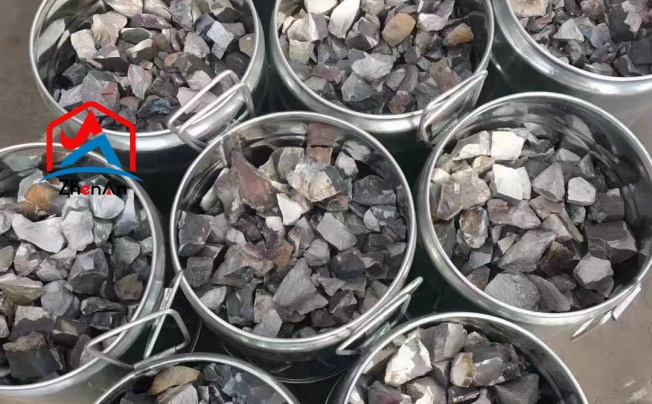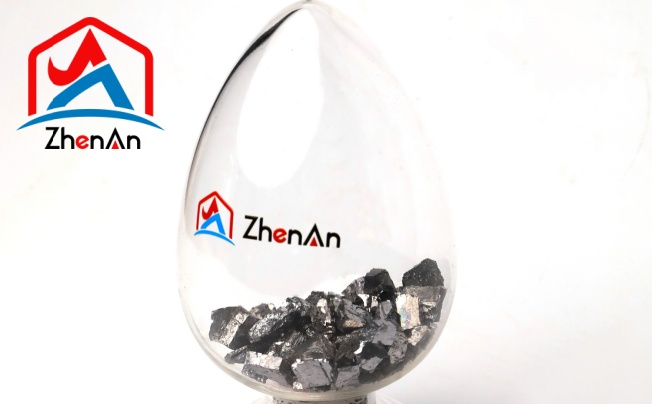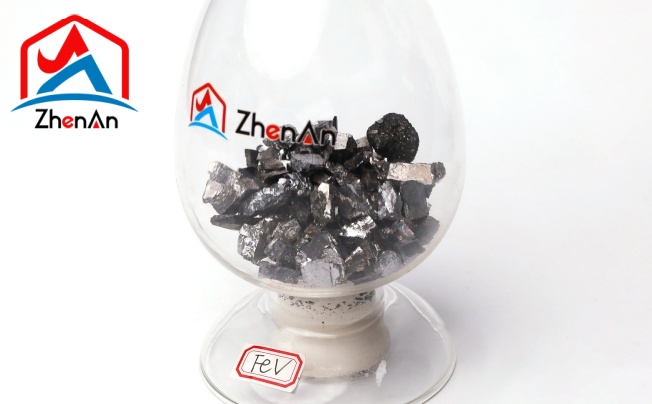Purpose Of Silicon Metal
- Use for Al alloy product: It can be added to aluminium alloys to improve their strength, reduce their density and coefficient of thermal expansion, increase their resistance to corrosion and anti-oxidation, improve their casting performance, and give them high impact and pressure resistance.
- Applied to cold-rolled silicon steel products: By incorporating silicon metal into steel, it may significantly enhance the metal’s magnetic characteristics, boost its permeability, and lower eddy current and hysteresis losses.
- Use for high-purity semiconductor products: As technology advances, integrated circuits and large-scale integrated circuits made from silicon semiconductors have been used in a variety of fields, with demand for these products rising year over year. This is because silicon has a high melting point, good thermal stability, a large band gap, and abundant resources.
- Silicone, silicone resin, and silicone oil are examples of organic silicon compounds. Silicone: can be used for cold insulating materials and high-temperature gaskets because it retains its flexibility between -700°C and 2000°C. Silicon resin: A heat temperature of 180 to 2000°C can be used to produce high-temperature coatings, as well as insulating paint. Silicone oil: This transparent liquid can also be treated in a colourless form and sprayed on buildings to provide waterproofing. It is used in the manufacture of dielectric liquid, fluid springs, senior lubricants, and polishing agents. The organic silicon industry is using silicon metal more frequently than the aluminium alloy industry; in fact, the volume of consumption is generally greater.
- Application for the Heat-Resisting Material Product: For the manufacturing of wear-, corrosion-, and heat-resistant Si3N4. Oxidation can be avoided by creating a coated material. Steel surfaces that have been siliconized can increase the steel’s resistance to corrosion.
Classification Of Silicon Metals
The three primary impurities included in silicon metal’s composition—calcium, aluminium, and iron—are typically taken into account when classifying silicon metal. Metal silicon can be classified into many grades, such as 553, 441, 411, 421, 3303, 3305, 2202, 2502, 1501, 1101, and others, based on the amount of iron, aluminium, and calcium present.
In an electric furnace, silicon dioxide is typically reduced to produce silicon metal for industrial use. The chemical reaction equation is SiO2 + 2C Si + 2CO, which results in silicon metal (98–99% pure silicon). Once more melted, recrystallize it, use acid to eliminate impurities, and you should obtain 99.7–99.8% silicon metal purity.
Since silicon makes up the majority of the silicon metal, silicon and silicon metal characteristics are comparable. Amorphous and crystalline silicon are the two allotropes of silicon. Amorphous silicon is a microcrystal in the form of a grey-black powder. Crystal silicon is brittle, with a Mohs hardness of 7, a melting point of 1410 °C, a boiling point of 2355 °C, and semiconductor characteristics similar to those of diamonds. In oxygen, amorphous silicides can burn quite hot and actively. At high temperatures, it reacts with non-metals like halogens, nitrogen, and carbon. It can also react with metals like iron, magnesium, and calcium to create silicides.
All organic and inorganic acids, including hydrofluoric acid, render amorphous silicon nearly insoluble; nevertheless, it becomes soluble when combined with nitric acid and hydrofluoric acid. Amorphous silicon dissolves in the concentrated sodium hydroxide solution and releases hydrogen gas. Even at very high temperatures, crystal silicon is less reactive and does not mix with oxygen. It is also soluble in strong sodium hydroxide solutions and in a mixture of nitric and hydrofluoric acids, but insoluble in either organic or inorganic acid. All organic and inorganic acids, including hydrofluoric acid, render amorphous silicon nearly insoluble; nevertheless, it becomes soluble when combined with nitric acid and hydrofluoric acid. Amorphous silicon dissolves in the concentrated sodium hydroxide solution and releases hydrogen gas. Even at very high temperatures, crystal silicon is less reactive and does not mix with oxygen. It is also soluble in strong sodium hydroxide solutions and in a mixture of nitric and hydrofluoric acids, but insoluble in either organic or inorganic acid.
Applications Of Silicon Metal 1501
- Alloying Agent: In the aluminium industry, silicon metal 1501 is frequently used as an alloying agent. It can improve an aluminium alloy’s strength and other mechanical characteristics.
- Refractory Materials: The manufacturing of refractory materials is one use for silicon metal 1501. It improves these materials’ resistance to oxidation, wear, and heat, making them appropriate for high-temperature applications.
- Metallurgical Sector: The metallurgical sector makes use of silicon metal 1501. It can be added to cast iron and steel as a raw material to enhance their qualities.
- Chemical Industry: Silicon Metal 1501 has
numerous uses in the chemical industry. It can be used as a raw material to make lubricants, silicones, resins, and other chemicals.
- Powder Metallurgy: Powder metallurgy uses silicon metal 1501 in several applications. To enhance the strength and wear resistance of metal powders, it can be added as an addition.
- Solar Industry: The solar industry uses silicon metal 1501 to make solar panels and cells. It is essential to the production of solar-powered equipment.
- Other Uses: There are a lot of uses for silicon metal. It is employed in the manufacturing of silicone rubber, lubricants, greases, semiconductors, and aluminium alloys, among other things.







